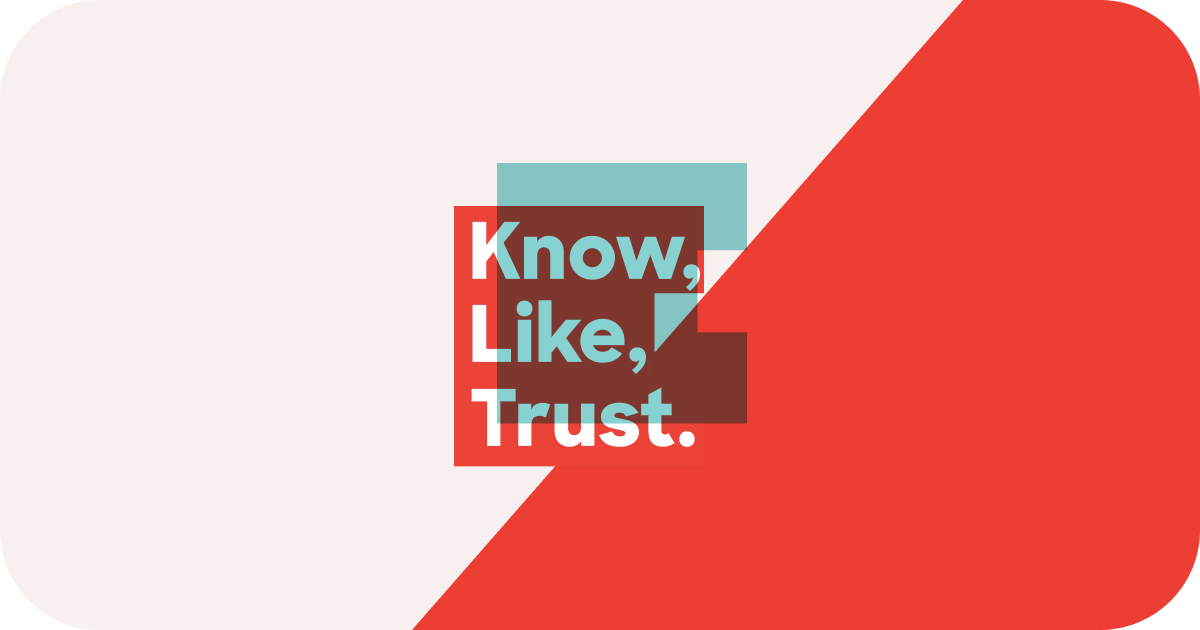B2B marketers have long since understood the benefits of social media—yet many still struggle to leverage its full potential as a demand generation tool.
In fact, 49% of B2B marketers rank social media marketing as the most difficult lead generation tactic to execute (source).
Although demand generation and lead generation aren’t the same, they do go hand-in-hand. Difficulty with lead generation is often a strong indication that your demand generation program needs some work.
In today’s post, we explore the world of social demand generation and answer your most pressing questions surrounding the subject.
What is social media demand generation?
For those not familiar with the concept, demand generation can be defined as the process of engaging buyers with relevant and personalized content throughout every stage of the buyer’s journey, to build and sustain the demand surrounding an organizations product or service.
In turn, social demand generation can be defined simply as the process of generating demand through the use of social media platforms.
Why is social media the perfect channel for demand generation?
1. Your best buyers are most active on social platforms.
Demand generation success relies on your ability to get your message in front of your audience. Social media is the perfect outlet for demand generation because it’s already ingrained in the day-to-day lives of your best buyers. Don’t believe us? Consider these statistics (source):
91% of B2B buyers are now active and involved in social media
84% of senior executives use social media to support purchase decisions
75% of B2B buyers are significantly influenced by social media
2. Social media can inform and improve your entire content strategy.
At the core of demand generation lies content, as this is your primary vehicle for driving demand. However, not all content is created equal. If your content doesn’t resonate with a prospect’s needs or satisfy their pain points, your message will go unheard
Fortunately, social media allows you to access the insights you need to remedy this issue. Enter, social listening. This tactic can inform every aspect of your content strategy, from the topics your cover to the format in which you deliver it.
3. Social media accelerates the sales pipeline.
Not only does social listening improve your content strategy, but it can also signal to your sales team which prospects are most likely to buy. From there, sales reps can engage and nurture these leads through social interactions.
For many sales reps, the thought of social selling is a bit overwhelming – but the truth is, when executed correctly, social selling has huge results. Check out these statistics:
For an in-depth look at social selling, check out our related article — The Importance of B2B Social Selling.
What is the key to successful social demand generation?
To see results with social demand generation, you need a well thought-out strategy. While every companies game plan will look a little different, there is a general process everyone can follow to develop a winning strategy.
Here are a few steps you can take to get you started:
Establish clear goals.
The overarching goal of demand generation is to develop relationships with prospects and nurture them until they make a purchase. However, smaller, more specific goals will give you the benchmarks needed to judge the success of your demand generation efforts. If you’re not sure where to start, consider these common metrics or goals: brand awareness, lead generation, cost per lead, followers, or revenue.
Define your audience.
If you don’t know who your target audience is, you won’t be able to connect with them or influence their buying decisions. Define your target audience by creating buyer personas.
Choose the right outlets.
For B2B organizations especially, it’s extremely important to determine which social platforms are worth the investment. Not all channels will fit your company’s goals and initiatives. We recommend that you try all platforms, but move on if it becomes clear the channel isn’t helping you reach your goals.
Tailor your content.
This step comes in two parts. First, tailor your content to your specific buyer personas – remember, demand generation won’t be successful if you don’t provide content that resonates with your prospects. Secondly, make sure you tailor your content to the individual platform on which you plan to publish it. Each social media site functions differently. For example, a piece of content that works on LinkedIn might not be successful in the same format on Facebook.
Identify influencers.
According to a recent Demand Gen Report study, 55% of B2B buyers rely more on peer recommendations to make purchases than they did a year ago (source). As good as your own content may be, an outside opinion may have more pull. Work with industry leaders and social influencers to promote your products and services across social media.
Invest in the right toolkit.
Take a look at your marketing tech stack. Are you missing anything valuable? Do you wish you had more insight into your demand generation efforts? Do your research to identify tools that will support your goals. A social listening/management tool, may be a valuable addition to your social demand generation campaigns.
Take meaningful measurements.
Eliminate unnecessary reporting and focus only on metrics specific to your goals. For instance, if your goal is brand awareness, you would track the reach and engagement of posts rather than follower count.
The bottom line
Social demand generation takes time, effort and planning from a variety of people on your team. But, when executed effectively, social media drives demand generation success.
Contact ZoomInfo today to accelerate your B2B marketing efforts!


